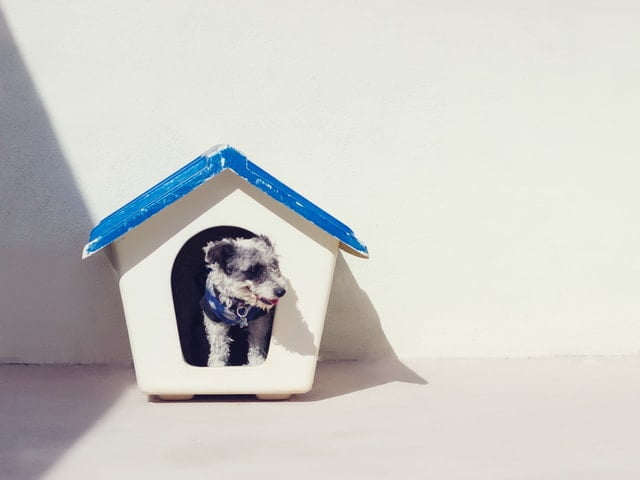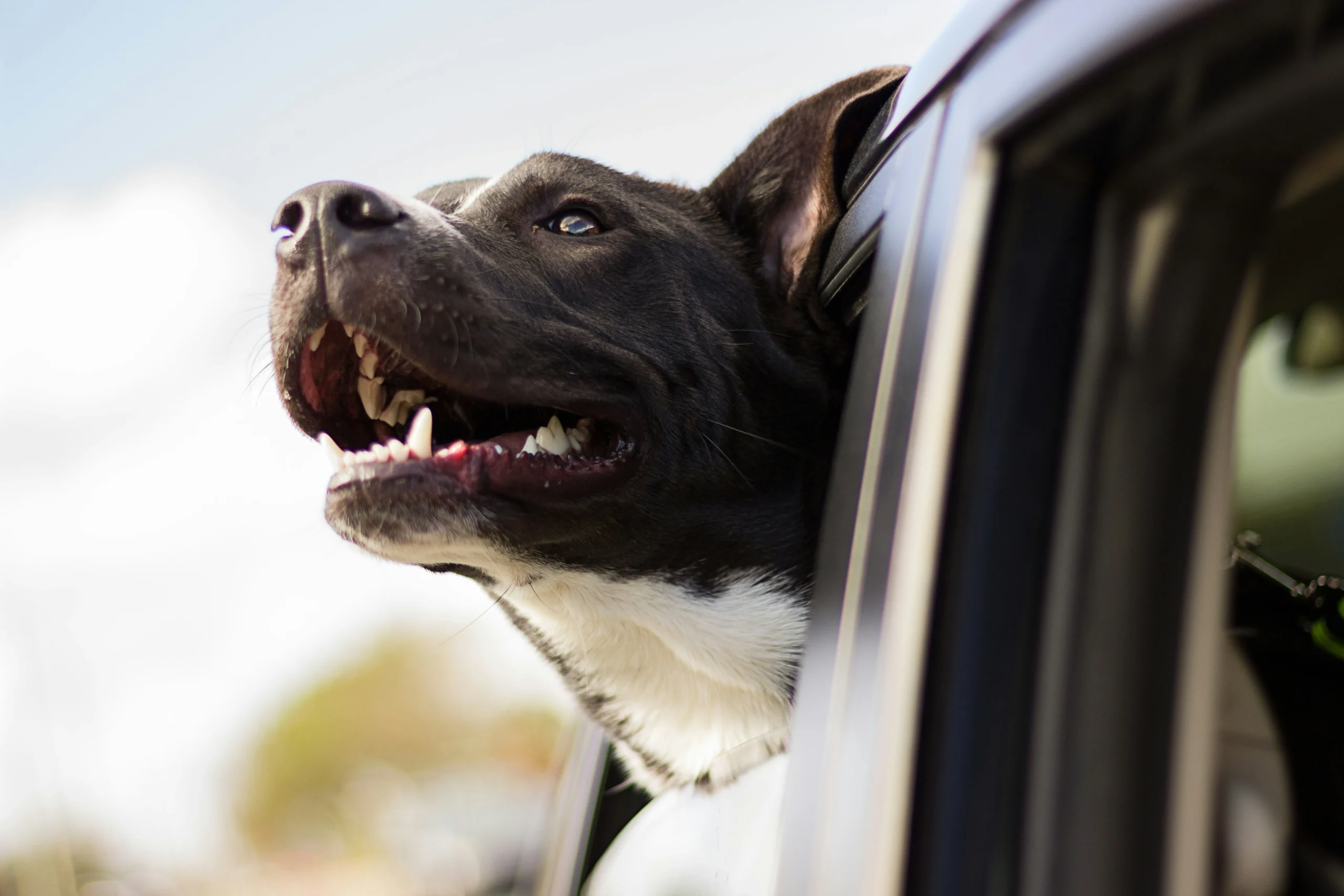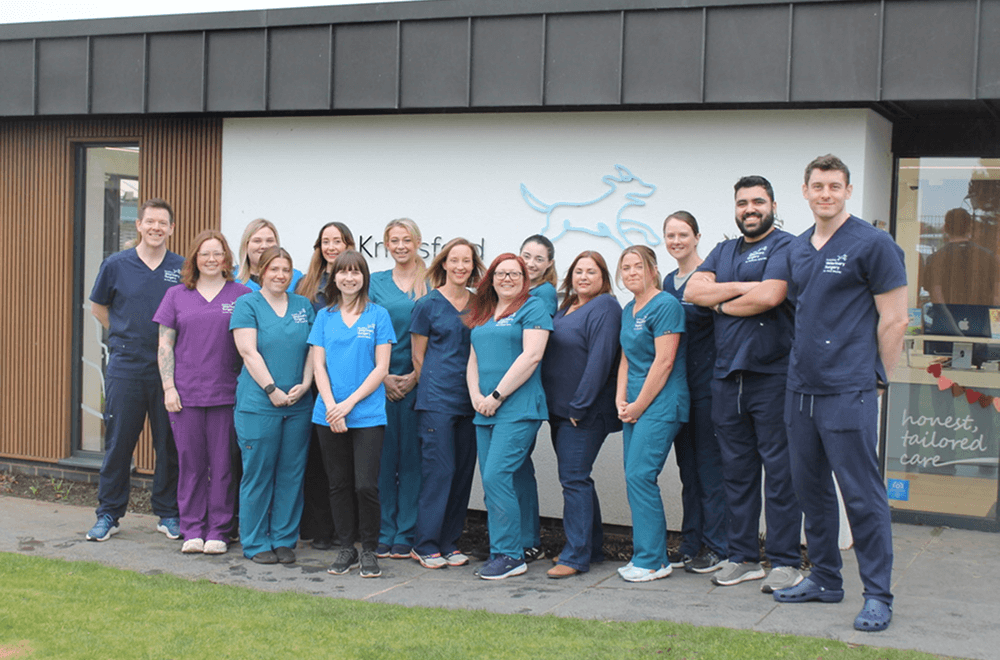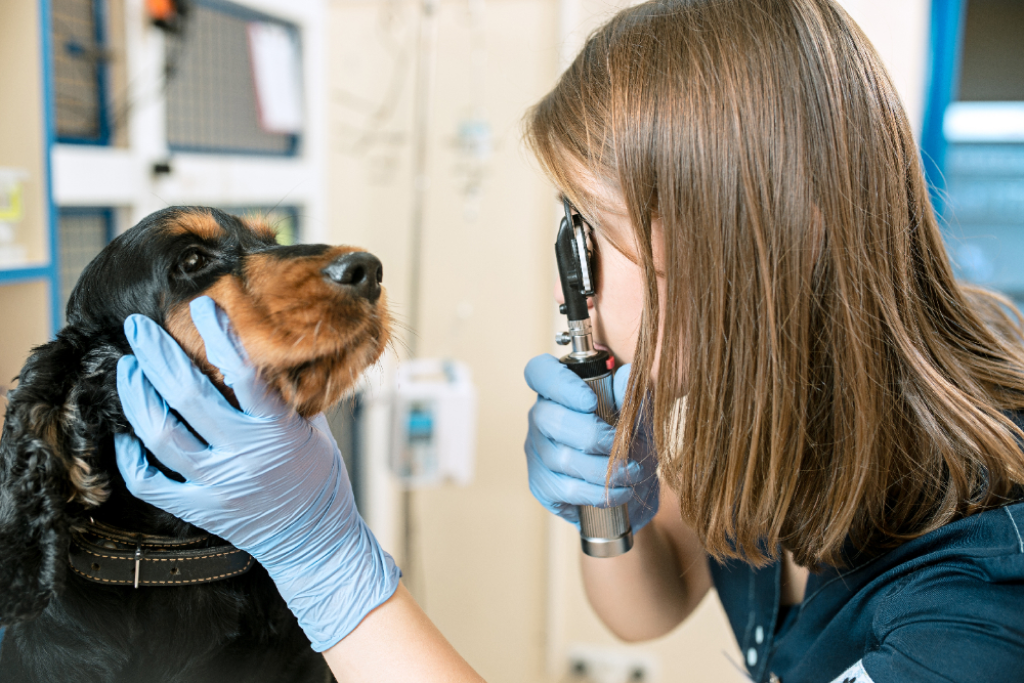If you’re moving house, you might be wondering what to do with your pets during this time, and the pet-related tasks that need to be done when you move.
Don’t worry, we’ve got you covered; in this article we discuss how to move house with pets, and provide some handy tips to make the whole process easier.
So, what do you do when moving house with pets?
“When moving house with pets, it’s important to try to reduce your pet’s stress levels, arrange suitable transport or accommodation, and to set up a comfortable space at your new house, as well as ensuring to make arrangements for updating their microchip, and registering them with a new vet.”
Read on to learn more about moving house with pets, and how to make the whole process easier.
What Do You Do With Pets When You Move?
With something as big as moving house, you might be worried about how it will impact your pet, and what to do with them when you move. We’ve put together a few simple things you can do to make it easier when moving house with pets.
Reduce Stress
It’s incredibly important to try and reduce the amount of stress your pet feels when moving house, and there are a few ways that you can do this;
- Arrange suitable transport if travelling long distance
- The carrier should be large enough for your pet to move around in comfortably
- If you’re flying, you’ll need a sturdy carrier. Softer carriers are suitable for driving and short distances
- If moving within the area, ask friends or family if they would be willing to look after your pet during the move – it would be best to keep your pet away from the hustle and bustle of physically moving
- Where possible, stick to routines. This will help to create a sense of normality and may keep stress at bay
Prepare the New House
It’s also important to prepare the new house for your pet’s arrival so that they can settle in. They may feel out of place for a while, but if you set up a comfortable place for them, surrounded by familiar items and toys, it may help to make them feel more secure.
Get Familiar Before the Move
If you have a dog, it could be a good idea to take them to the new area ahead of the move to help them get used to it (provided that you’re not moving too far). This may help to reduce stress levels after moving as they should feel comfortable and familiar with the area.
How Do You Settle a Pet to a New Home?
So, you’ve got the moving part down, but what do you do once you’ve moved into the new house?
Introduce Your Pet to the New Home
Whilst it might sound silly, it’s a good idea to introduce your pet to their new surroundings. It’s especially important to do this with cats, room by room so as to not overwhelm them, as cats can feel stress more than other pets.
It might also be a good idea to keep cats indoors for a short period of time to help them get used to their new environment, and to reduce the risk of them trying to go “home” once they are let outside. In this case, make sure that the house is escape-proof.
Make Your Old Neighbours Aware of the Move
If you’re not moving far, it might be a good idea to make your old neighbours aware that you’ve moved, in case your pet tries to come “home”. This is especially true for outdoor cats. Give your old neighbours your contact information, and inform them to not feed or pet them as this will confuse your pet and may encourage them to keep returning.
If this is a concern for you, ensure that your pet is microchipped ahead of the move, and that contact information is up to date.
Maintain Old Routines
Maintaining old routines will help pets to feel more comfortable. Thus, reducing stress levels, and helping them to settle into their new environment. It’s also important to find time to play with them and walk them, as usual, to show them that you still love and care for them, despite all of the newness.
How Long Does it Take for a Pet to Get Used to a New Home?
Each pet is different; getting used to a new home can take as little as a few days, or up to several weeks, depending on their temperament. However, older pets may take longer to adjust than younger pets who are generally more curious and eager to explore.
That said, they may get used to their new home quicker if they have been prepared.
For example, start packing as early as possible; pets will see the moving boxes, suitcases and will begin to realise that something is happening. Let them sniff and examine the items and, perhaps, set aside a dedicated box for their belongings so that they can associate themselves with the event.
Similarly, if you move gradually, take them with you to explore and get used to what will become their new home. It will be less of a shock when the permanent move occurs. You can also take them for walks in the new neighbourhood, if you’re not moving too far.
Updating Microchip Details
When you move home with a pet, you’ll need to make sure to update the details on your pet’s microchip. A vet will be able to scan your pet to find the microchip number before updating the details on the Petlog database (this will typically incur a fee).
Alternatively, there will usually be a sticker on their vaccine card or in their puppy paperwork containing microchip details, to which you can then update the information on the Petlog database yourself.
Learn more about microchipping here, Microchipping your pet
Checklist for Moving House with Pets
- Where possible, begin preparing your pet to move
- Arrange transportation and/or accommodation for your move date
- Set up a space for your pet in the new house to allow them to settle quicker
- Update microchip details
- Register with a new vet
- Find new walk routes
- Find new pet stores and pet-friendly businesses
Don’t Forget to Register With a New Vet
Finally, when moving house with pets, it’s imperative that you register with a new vet as soon as possible. As much as we all hope the worst never happens, make sure that you and your pet are covered in case of an emergency. Your new vet may also be able to provide you with advice on helping your pet to settle into their new home and environment.
There’s a few things you should look out for in a new vet. These include:
- Independent vets with comprehensive facilities
- Post-graduate certification
- Additional interests and services
- Ability to treat any specific/specialised conditions
If you’re moving to Knutsford, please consider Knutsford Vets. We are a family run, independent veterinary surgery in Knutsford, Cheshire.
We focus on providing honest, tailored care in a bright, modern and relaxed environment where continuity of care is at the heart of everything we do.
To register your pet with Knutsford Vets Surgery, visit our registration page to sign up, or contact us with any questions you may have.





